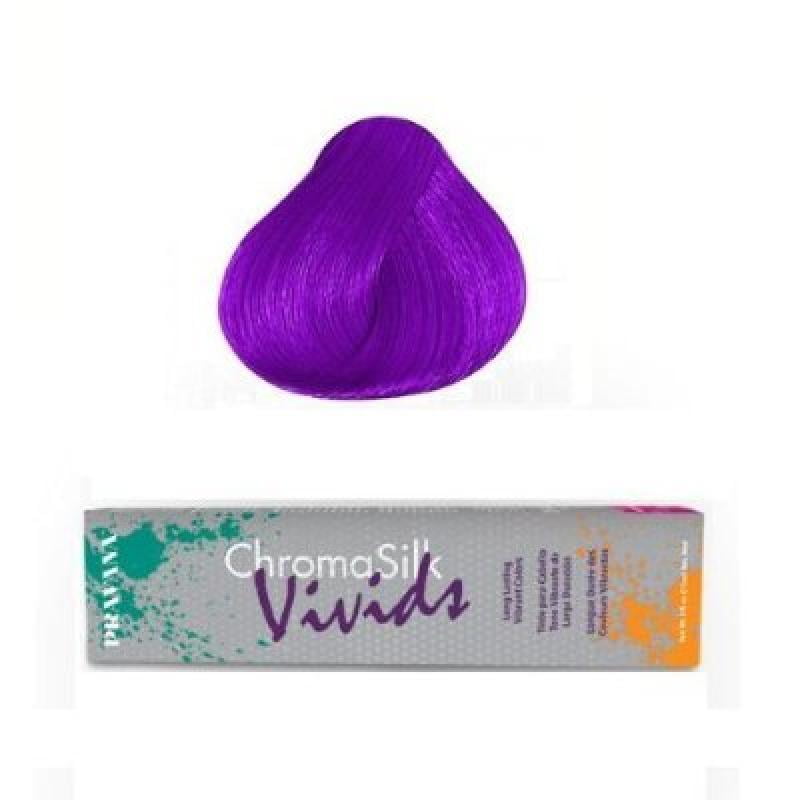The economy of the ancient city of tyre was partially dependent on the selling of purple dye and a number of inscriptions etched on stone proudly attest to the activity of purple traders there.
How did tyre make awnings of purple and violet.
The dye was produced from murex a trumpet shaped marine snail still found among rocks in the eastern mediterranean today.
Of blue and purple from the coasts of elishah they made your awning.
7 of embroidered fine linen from egypt they made your sail which served as your banner.
Vestiges of purple dye industry tyre grew rich from the sale of a purple dyed textiles that were used to denote royalty.
And by extracting the secretions of the seashell bolinus brandaris also called murex brandaris found on the beaches of the eastern mediterranean they could make a highly prized purple dye.
Tyrian purple also known as phoenician red phoenician purple royal purple imperial purple or imperial dye is a reddish purple natural dye.
Of wood from the coasts of cyprus they made your deck inlaid with ivory.
The name tyrian refers to tyre lebanon.
Its difficulty of manufacture striking purple to red colour range and resistance to fading made clothing dyed using tyrian purple highly desirable and expensive.
8 the men of sidon and arvad were your oarsmen.
Your men of skill o tyre were there as your.
It is a secretion produced by several species of predatory sea snails in the family muricidae rock snails originally known by the name murex.
They discovered that by heating silicon oxide found in unlimited quantities in the sands of the mediterranean beaches they could make glass.
The main chemical is 6.





























